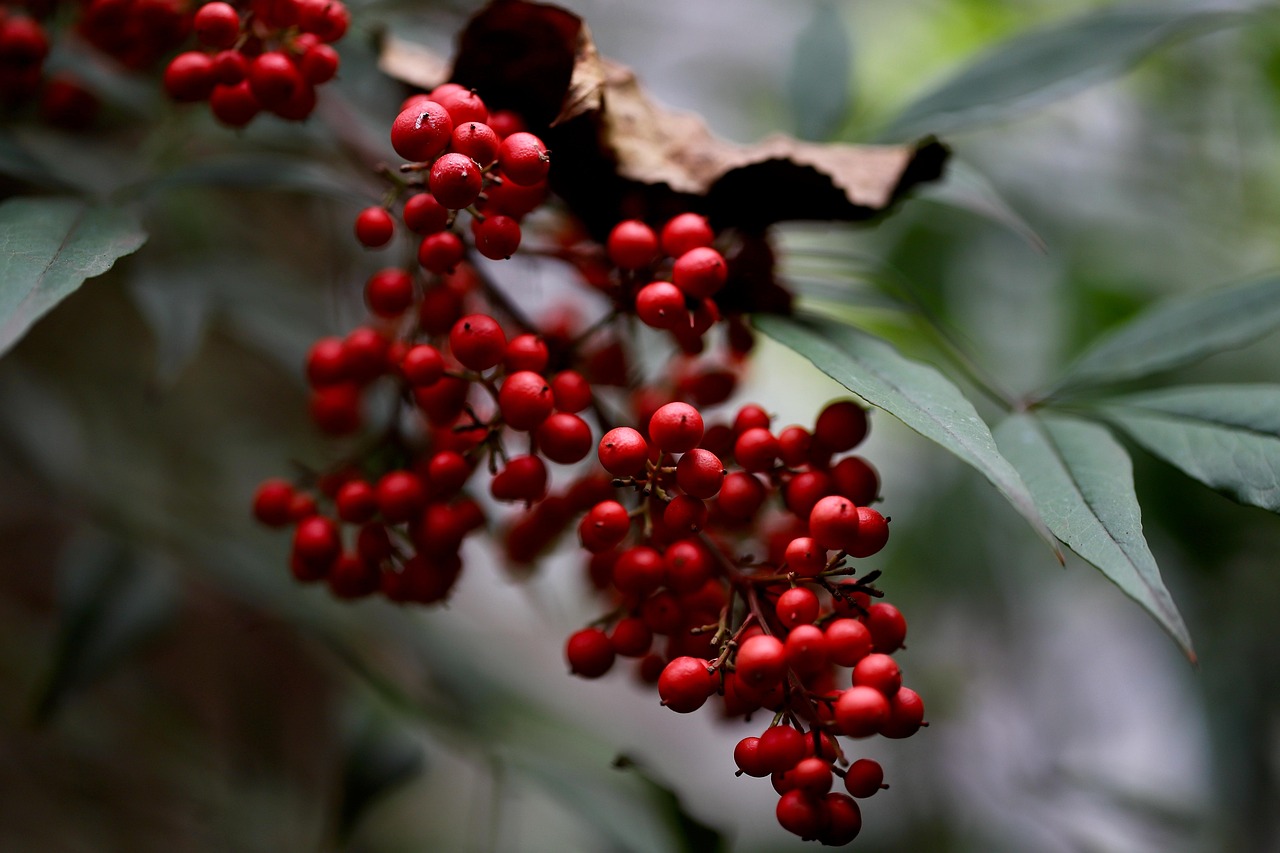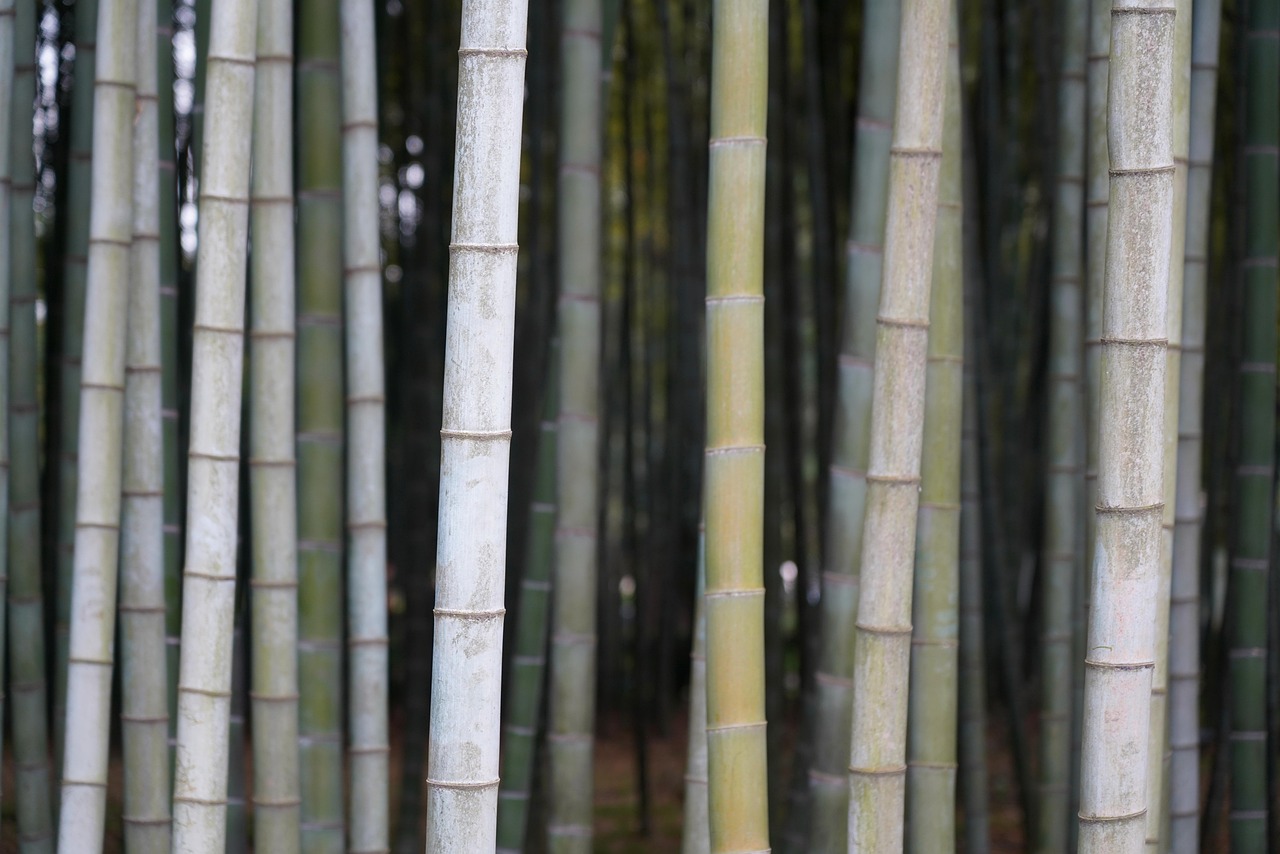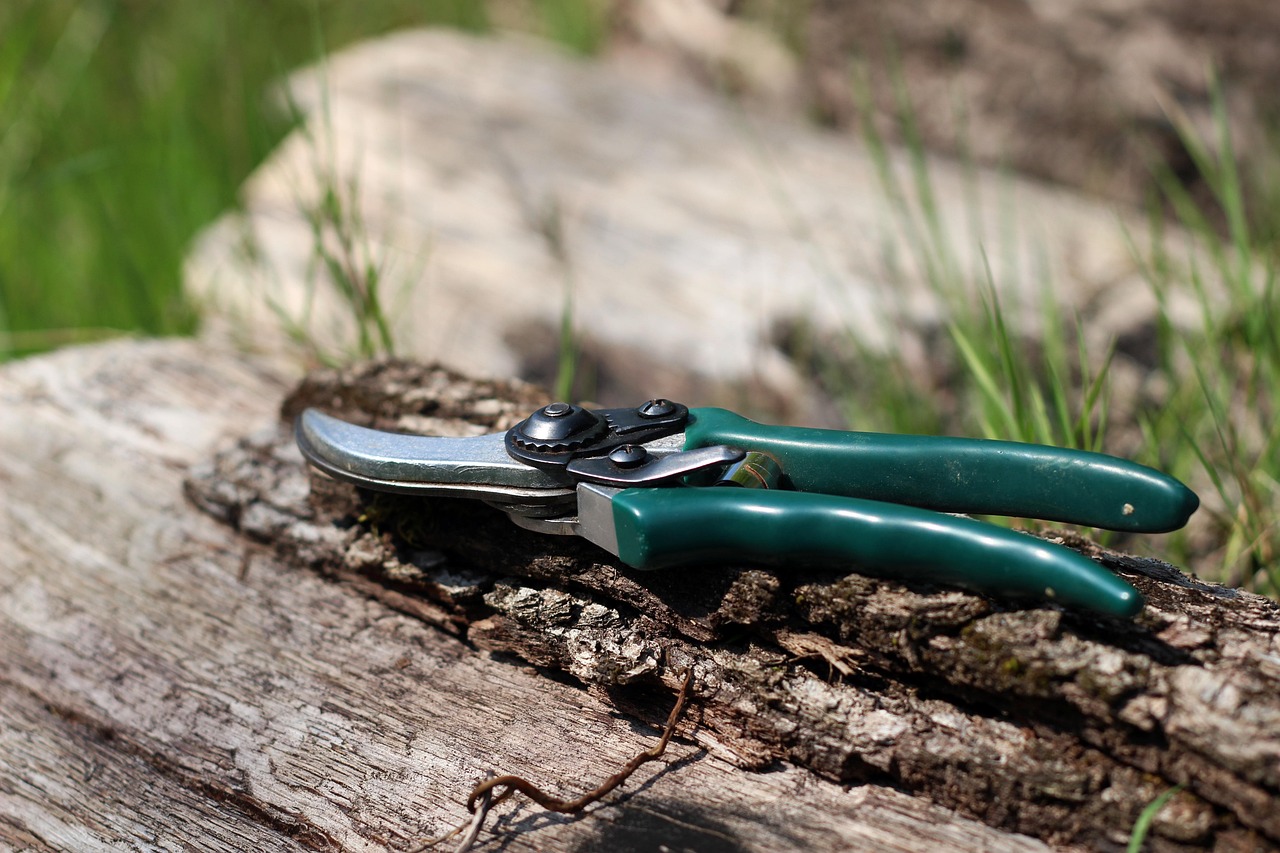Pruning bamboo effectively contributes to creating a dense and private privacy screen. Regular pruning encourages healthy growth, enhances density, and maintains an attractive appearance, allowing for a more secluded outdoor space.
Understanding Bamboo and Its Growth Patterns
Bamboo is a remarkable plant known for its fast growth and versatility. With over 1,400 species worldwide, bamboo can thrive in various climates. This makes it a popular choice for landscaping, especially when it comes to creating privacy screens. When properly pruned, bamboo can develop a lush and dense appearance, providing an effective barrier against prying eyes.

Unlike traditional hedges or fences, bamboo offers a unique aesthetic. Its tall, slender stalks (called culms) create a serene and natural look. However, without proper care, bamboo can become unruly and lose its intended purpose as a privacy screen. Understanding how to prune bamboo is essential for maintaining its health and maximizing its privacy-enhancing qualities.
The Benefits of Pruning Bamboo
Pruning bamboo brings numerous benefits that enhance both the plant’s appearance and its functionality. Here are some key advantages:
- Promotes Healthy Growth: Regular pruning helps remove dead or weak culms, which encourages new growth.
- Increases Density: By trimming back older stalks, new shoots are given the chance to flourish, resulting in a thicker screen.
- Improves Airflow: Thinning out crowded areas allows better air circulation, reducing the risk of diseases.
- Enhances Aesthetics: Well-maintained bamboo looks more visually appealing and structured.
When to Prune Bamboo
The timing of your pruning efforts is crucial for the health of your bamboo. Generally, the best time to prune bamboo is in late winter to early spring, just before new growth begins. This timing allows you to remove any dead or damaged culms while ensuring that new shoots can emerge unhindered as the growing season starts.

However, some specific factors may influence your pruning schedule:
- Species Variation: Different bamboo species may have slightly different growth cycles. Researching your specific type can help determine the ideal time for pruning.
- Climate Considerations: In warmer climates, bamboo may grow year-round, allowing for multiple pruning opportunities throughout the year.
- Growth Rate: Fast-growing varieties may require more frequent pruning to maintain desired density.
Tools Needed for Pruning Bamboo
Having the right tools can make the pruning process easier and more efficient. Here are some essential tools for pruning bamboo:
| Tool | Description |
|---|---|
| Hand Pruners | Ideal for cutting smaller culms and branches. |
| Loppers | Useful for thicker stems that hand pruners cannot cut easily. |
| Saw | A pruning saw is necessary for larger culms that require more significant cuts. |
| Gloves | Protect your hands from sharp edges and thorns. |
| Safety Goggles | Keep your eyes safe from debris while cutting. |
How to Prune Bamboo Effectively
Pruning bamboo can seem daunting at first, but following a structured approach can simplify the process. Here are some steps to ensure effective pruning:

- Assess the Plant: Begin by examining the bamboo closely. Identify dead, damaged, or overcrowded culms that need removal.
- Select Culms to Remove: Focus on cutting older culms that are not contributing to the overall density. Aim to keep the healthiest and most vigorous stalks.
- Make Clean Cuts: Use sharp tools to make clean cuts at a 45-degree angle. This helps prevent damage to the plant and encourages faster healing.
- Avoid Over-Pruning: Be cautious not to remove too much foliage at once. A good rule of thumb is to prune no more than one-third of the plant at a time.
- Maintain Regular Maintenance: Schedule regular pruning sessions throughout the year to keep your bamboo healthy and dense.
By following these guidelines, you can efficiently prune your bamboo plants. This will help ensure they remain dense and effective as privacy screens while promoting overall health and vitality.
Understanding Different Bamboo Varieties
Before diving deeper into pruning techniques, it is essential to understand the various bamboo species. Each variety has unique growth habits and requirements, influencing how and when to prune. Here are some common types of bamboo used for privacy screens:
- Clumping Bamboo: This type grows in tight clusters and is less invasive. Varieties like Fargesia and Bambusa are popular for compact spaces.
- Running Bamboo: Characterized by its aggressive growth, running bamboo spreads quickly through underground rhizomes. Varieties like Phyllostachys can become invasive if not managed properly.
- Giant Bamboo: As the name suggests, this category can grow exceptionally tall. Species like Dendrocalamus are ideal for creating a towering privacy screen.
- Dwarf Bamboo: These smaller varieties work well in containers or as ground covers. They provide density without overwhelming smaller gardens.
Pruning Techniques for Different Varieties
Each type of bamboo may require specific pruning techniques to maintain its health and aesthetics. Understanding these differences will help you achieve the best results.
Pruning Clumping Bamboo
Clumping bamboo is generally easier to manage due to its non-invasive growth pattern. Here are some steps to prune clumping bamboo effectively:

- Identify Older Culms: Look for culms that are older than three years. These may not contribute significantly to density.
- Cut at the Base: Remove these older stalks close to the ground to encourage new growth. Avoid cutting younger culms unless necessary.
- Thin Out Crowded Areas: If the clump is too dense, selectively remove some culms to improve airflow and light penetration.
Pruning Running Bamboo
Running bamboo requires more attention due to its tendency to spread aggressively. Here’s how to manage it:
- Regularly Control Rhizomes: Monitor the growth of rhizomes and trim back any that spread beyond your desired area.
- Remove Invasive Shoots: Cut back any new shoots that emerge in unwanted areas, particularly in spring when they first appear.
- Prune for Height Control: If running bamboo becomes too tall, prune the culms during the growing season to maintain an appropriate height.
Common Mistakes When Pruning Bamboo
Avoiding common mistakes in bamboo pruning can save time and promote healthier plants. Here are some pitfalls to watch out for:
- Neglecting Timing: Pruning at the wrong time can hinder growth. Always aim for late winter or early spring.
- Over-Pruning: Cutting too much foliage can stress the plant and lead to reduced growth. Stick to the one-third rule.
- Ignoring Disease Signs: Be vigilant for signs of disease such as yellowing leaves or wilting. Remove affected culms immediately to prevent spread.
- Poor Tool Maintenance: Using dull tools can damage the plant. Ensure that your tools are sharp and clean before starting.
The Role of Fertilization After Pruning
After pruning bamboo, fertilization becomes essential for promoting new growth. Bamboo is a heavy feeder and benefits from proper nutrient intake. Here are some tips on fertilizing after pruning:
- Choose the Right Fertilizer: Use a balanced fertilizer with equal parts nitrogen, phosphorus, and potassium (N-P-K ratio of 10-10-10).
- Apply After Pruning: Fertilize immediately after pruning to provide nutrients that support new culm growth.
- Follow Application Guidelines: Be sure to follow the manufacturer’s instructions on fertilizer application rates to avoid over-fertilization, which can harm the plant.
Watering Practices Post-Pruning
Watering is another critical aspect of bamboo care following pruning. Here are some watering practices to consider:
- Adequate Moisture: Ensure that the bamboo receives sufficient moisture after pruning, especially during dry spells.
- Avoid Overwatering: While bamboo enjoys moisture, overwatering can lead to root rot. Ensure proper drainage in the planting area.
- Monitor Soil Moisture: Check the soil regularly. The top inch should feel moist but not soggy.
By understanding the different bamboo varieties and implementing proper pruning techniques, you can maintain a dense and private privacy screen. Additionally, being aware of common mistakes, fertilization needs, and watering practices will support your bamboo’s health and appearance throughout the growing season.
Pests and Diseases Affecting Bamboo
Maintaining a healthy bamboo privacy screen involves being vigilant about pests and diseases that can affect bamboo plants. Various factors can lead to infestations or infections, so understanding these issues is key to preserving your bamboo’s health.
Common Pests
Bamboo can be susceptible to several pests. Here are some of the most common:
- Bamboo Borer: This wood-boring insect can cause significant damage by tunneling through the culms. Signs include small holes and frass (sawdust-like material).
- Spider Mites: These tiny pests thrive in dry conditions and can cause discoloration of leaves. Infestations may lead to webbing on the plant.
- Aphids: These small insects feed on sap and can weaken bamboo. They often cluster on young shoots and leaves.
- Scale Insects: Scale insects attach themselves to the stems and leaves, sucking sap and leading to yellowing leaves and stunted growth.
Signs of Pest Infestation
Detecting a pest infestation early is crucial for effective management. Look for the following signs:
- Discoloration: Leaves turning yellow, brown, or curling may indicate pest damage.
- Webbing: If you notice fine webs, particularly in dry conditions, spider mites may be present.
- Stunted Growth: A lack of new shoots or slowed growth can suggest a pest problem.
Managing Pests
Effective pest management is essential for keeping your bamboo healthy. Here are some strategies to consider:
- Regular Inspections: Frequently check your bamboo for any signs of pests. Early detection is crucial for controlling infestations.
- Natural Predators: Encourage beneficial insects like ladybugs and lacewings that prey on aphids and other pests.
- Insecticidal Soap: For minor infestations, insecticidal soap can be effective against soft-bodied insects like aphids and spider mites. Follow the manufacturer’s instructions for safe usage.
- Avoid Chemical Pesticides: Whenever possible, avoid harsh chemicals that can harm beneficial insects and the environment.
Disease Management in Bamboo
Bamboo can also suffer from various diseases that may compromise its health. Understanding these diseases helps in early identification and treatment.
Common Diseases
Some diseases that affect bamboo include:
- Bacterial Blight: This disease causes dark spots on leaves, leading to premature leaf drop. It thrives in humid conditions.
- Fungal Infections: Fungal diseases such as leaf rust can lead to discoloration and leaf drop. They often appear during wet weather.
- Root Rot: Caused by overwatering or poor drainage, root rot leads to wilting and yellowing leaves. It can be fatal if not addressed promptly.
Identifying Disease Symptoms
Look for these symptoms to identify potential diseases in your bamboo:
- Leaf Discoloration: Unusual spots or yellowing leaves may indicate a disease issue.
- Mold Growth: The presence of mold or mildew on leaves or soil can signal fungal problems.
- Poor Growth: Stunted growth or wilting despite adequate care points to possible disease.
Treating Bamboo Diseases
Treating diseases effectively involves a combination of good cultural practices and appropriate treatments. Consider the following approaches:
- Improve Air Circulation: Plant bamboo with enough space to promote airflow, reducing humidity levels that favor disease development.
- Proper Watering Practices: Avoid overwatering and ensure proper drainage to prevent root rot. Water early in the day to allow foliage to dry.
- Cultural Controls: Remove any infected plant material promptly to prevent the spread of disease. Dispose of it away from healthy plants.
- Pesticides and Fungicides: If necessary, apply appropriate fungicides or bactericides according to the specific disease affecting your bamboo. Always follow label instructions carefully.
The Role of Mulching in Bamboo Care
Mulching is an effective practice that offers numerous benefits for bamboo plants. Applying a layer of organic mulch around the base of your bamboo can greatly enhance its growth and health.
Benefits of Mulching
Here are some key advantages of mulching bamboo:
- Soil Moisture Retention: Mulch helps retain moisture in the soil, reducing the need for frequent watering.
- Temperature Regulation: A layer of mulch can help maintain consistent soil temperatures, protecting roots from extreme heat or cold.
- Weed Suppression: Mulch acts as a barrier against weeds, reducing competition for nutrients and water.
- Nutrient Addition: Organic mulch, such as wood chips or straw, breaks down over time, enriching the soil with nutrients.
How to Apply Mulch
Applying mulch correctly is important for maximizing its benefits:
- Select the Right Material: Choose organic materials like wood chips, straw, or shredded leaves for mulching bamboo.
- Create a Layer: Apply a 2-4 inch layer around the base of the bamboo, taking care not to pile it directly against the culms to avoid rot.
- Replenish Regularly: Organic mulch will decompose over time, so be sure to replenish it annually for continued benefits.
A proactive approach to pest and disease management, along with attention to proper watering and mulching practices, will help maintain a healthy and dense bamboo privacy screen. This ongoing care ensures that your bamboo thrives while providing the privacy you desire in your outdoor space.
Additional Considerations for Bamboo Care
In addition to pruning, pest management, and mulching, there are other factors that can influence the health and density of your bamboo privacy screen. Being aware of these aspects will help you create and maintain a lush, green barrier that enhances your outdoor space.
Soil Quality and Testing
The quality of the soil in which your bamboo is planted plays a critical role in its growth and overall health. Regular soil testing can provide insights into nutrient levels and pH balance. Here are some points to consider:
- Soil Composition: Bamboo prefers well-draining soil rich in organic matter. Consider mixing compost or well-rotted manure into your soil to improve its quality.
- pH Level: Bamboo generally thrives in slightly acidic to neutral soil (pH 6.0 to 7.0). Conduct a soil test to determine the pH level and make adjustments as needed.
- Nutrient Levels: Soil tests can alert you to deficiencies in essential nutrients like nitrogen, phosphorus, and potassium. Based on the results, you can amend the soil accordingly.
Environmental Factors
Environmental conditions significantly impact bamboo growth. Factors such as sunlight, temperature, and humidity should be carefully considered:
- Sunlight: Most bamboo species prefer full sun to partial shade. Ensure your bamboo receives at least 6 hours of direct sunlight daily for optimal growth.
- Temperature: Bamboo is sensitive to extreme temperatures. Protect your plants during harsh winters by using mulch or windbreaks.
- Humidity: Bamboo thrives in humid environments. If you live in a dry area, consider misting the plants or using a handheld sprayer on hot days.
Seasonal Adjustments
Adapting your care routine according to the seasons can help your bamboo flourish throughout the year:
- Spring: This is the ideal time for pruning and fertilizing. As new shoots emerge, ensure they have enough space and nutrients to grow.
- Summer: Monitor moisture levels closely during hot weather. Regular watering may be necessary to prevent stress on the plants.
- Fall: In preparation for winter, reduce watering and apply mulch to protect roots from freezing temperatures.
- Winter: Inspect your bamboo regularly for signs of stress or disease during the cold months. Minimal intervention is usually needed unless severe weather occurs.
Final Thoughts
Caring for bamboo to create a dense and private privacy screen involves several important practices, including proper pruning, pest and disease management, and attention to environmental factors. By understanding the specific needs of the bamboo variety you are growing, you can make informed decisions that promote healthy growth.
Regular maintenance is key. Implementing a consistent schedule for pruning, watering, and fertilizing will help keep your bamboo lush and vibrant. Additionally, being proactive about pests and diseases will protect your investment in this beautiful plant.
The aesthetic appeal and functionality of bamboo as a privacy screen cannot be overstated. With its ability to grow quickly and create a natural barrier, it remains an excellent choice for enhancing outdoor spaces. By following the guidelines outlined in this article, you can enjoy the benefits of a thriving bamboo privacy screen for years to come.
In conclusion, whether you are looking to create an intimate garden space or simply want to add greenery to your landscape, bamboo offers versatility and beauty. With the right care techniques, you can ensure that your bamboo remains healthy and effective as a natural privacy solution.
